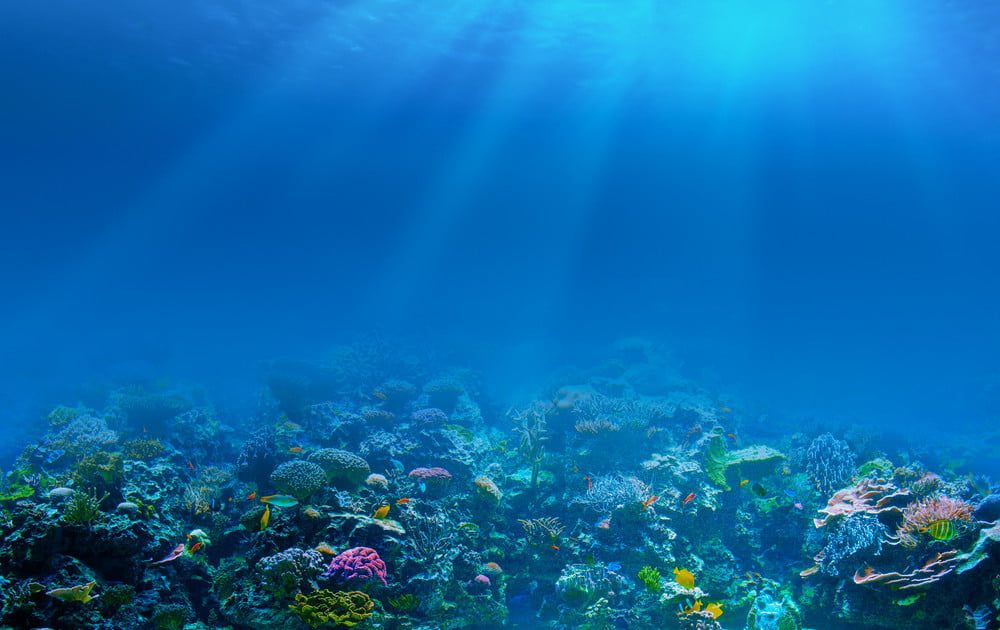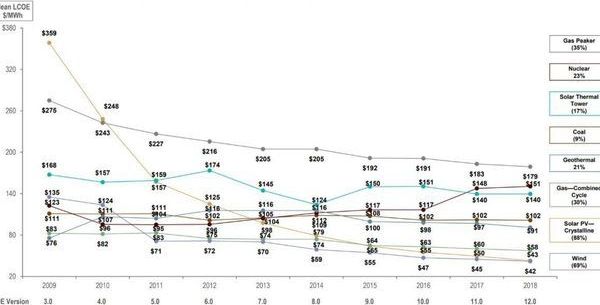Saying farewell to coffee isn’t that easy. According to research about three-fifths of all our beloved coffee species are going to go extinct. This is a phenomenal amount of coffee that we risk losing.
Here’s something to think about as you sip that morning mochaccino:?Deforestation, climate change and the proliferation of pests and fungal pathogens are putting most of the world’s wild coffee species at risk of extinction.
At least 60 percent of wild coffee species are considered “threatened,” according to a study published this week in Science Advances. And fewer than half of all the wild species are safeguarded in so-called germplasm collections—banks for seed and living plants kept in protected areas as backups.









